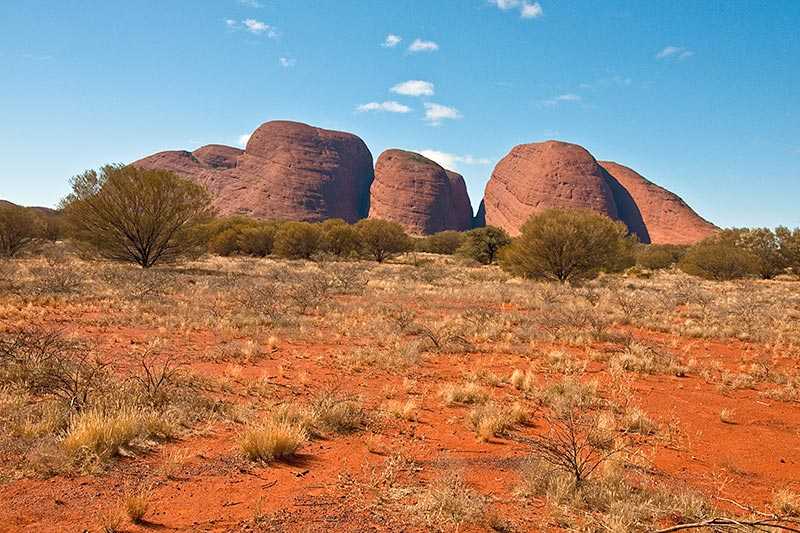Uluru (Ayers Rock)
About Uluru (Ayers Rock)
Uluru, more familiarly known as Ayers Rock, lies in the heart of the Australian landscape within the foundations of Kata Tjuta National Park. Recognised as a Wor...
About Uluru (Ayers Rock)
Uluru, more familiarly known as Ayers Rock, lies in the heart of the Australian landscape within the foundations of Kata Tjuta National Park. Recognised as a World Heritage Site by UNESCO, this magnificent sandstone rock formation is situated 350 km (~217 mi) southwest of Alice Springs. It stands at an elevation of 863 m (~2,831 ft).
Known as one of A...
Things to do near Uluru (Ayers Rock)
Attractions near Uluru (Ayers Rock)
Activities
About Uluru (Ayers Rock)
About Uluru (Ayers Rock)
Uluru, more familiarly known as Ayers Rock, lies in the heart of the Australian landscape within the foundations of Kata Tjuta National Park. Recognised as a World Heritage Site by UNESCO, this magnificent sandstone rock formation is situated 350 km (~217 mi) southwest of Alice Springs. It stands at an elevation of 863 m (~2,831 ft).
Known as one of Australia’s most famous landmarks, Uluru (the rock’s Aboriginal name) is a popular tourist destination. Adorned with an abundance of springs, waterholes, rock caves and ancient paintings it is easy to understand why many mistake it as being one of the seven natural wonders of the world. The beauty of the flowers and shrubs gathered around the rock highlight the splendor of its surroundings. Seeming to change colour at different times of the day and year, the glorious reds and browns of the rock are a pleasure to the eye.
Climate
Temperatures average 37.8°C (100.0°F) in summer, falling to an average 4.7°C (40.5°F) in winter.
Activities
People flock to the area to participate in self-guided and ranger-led bushwalks. Climbing the rock is permitted, but you do so against the wishes of the local Anangu people for whom it has great cultural and spiritual significance. If you choose to, it will take about an hour. There is a chain handhold, but the path is nonetheless steep and rugged, and you should be physically fit to do so.
Panoramic sights are offered from the dune lookout and the constructed car parks are the area to head for should any photography enthusiasts wish to capture the greatest views.
Warnings
Don’t forget sunscreen and plenty of water. Keep to walking tracks.
